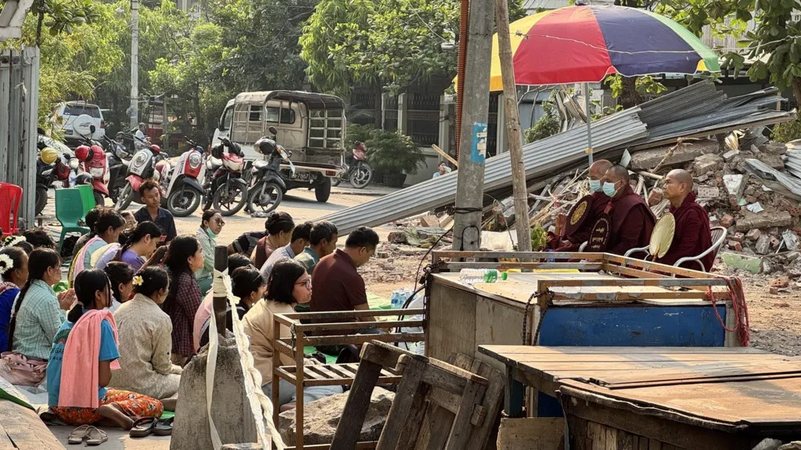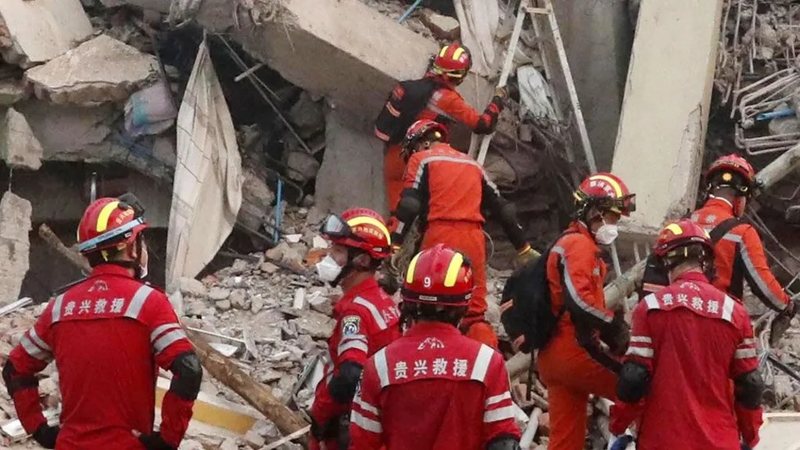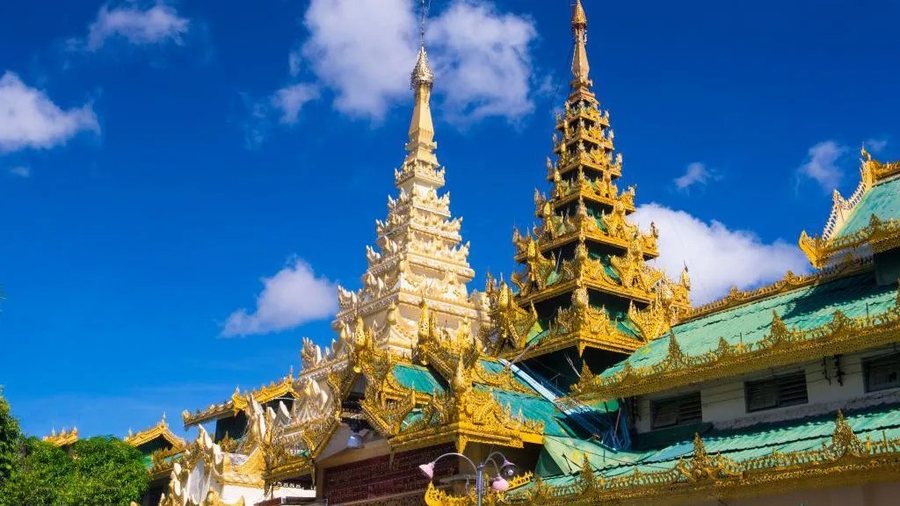
Mandalay, once known as the "golden city" for its gleaming temples and golden pagodas, is now shrouded in the smoke of massively burned bodies. After the catastrophic 7.7-magnitude earthquake that struck Myanmar last Friday, the death toll has passed 2,700, with over 4,500 injured and hundreds missing. The numbers are expected to rise as rescue teams continue to pull bodies from the rubble.
A 23-year-old student from Mandalay, identified only as J, said bodies were burning in piles due to the high number of victims. She lost her aunt in the earthquake, but her body was only found two days later, on March 30.
The earthquake has left thousands of people homeless, forcing them to live on the streets or in makeshift tents, fearing that aftershocks will collapse more buildings. J says that the lack of food and water has caused people to wander the streets in despair.
"I saw many people, including myself, crying loudly in the streets," she says.
Meanwhile, the fire service has rescued 403 people in Mandalay over the past four days and pulled 259 bodies from the rubble. But the real death toll is thought to be much higher.
Despite the massive destruction, rescue teams are continuing to pull out survivors. A monk near the Sky Villa building - one of the hardest hit by the earthquake, which collapsed from 12 to 6 floors - said only dead bodies had been pulled out in the past 24 hours.
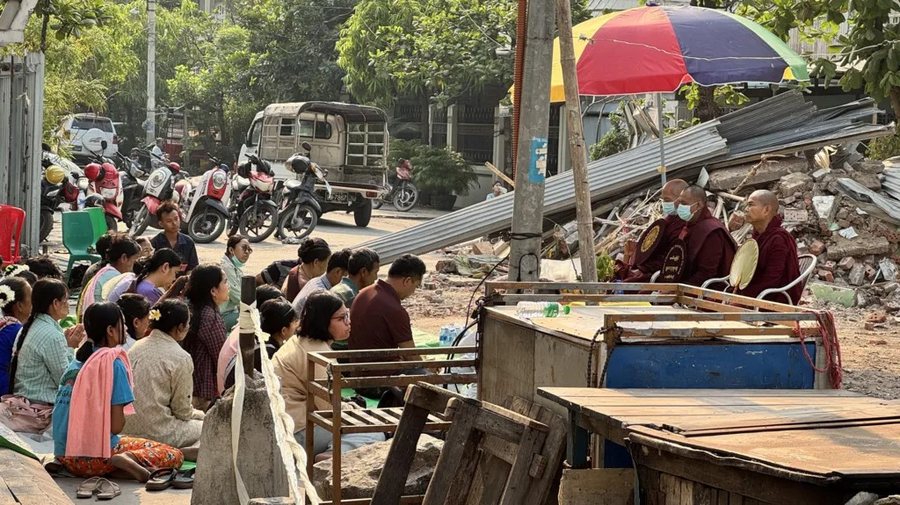
"I hope this ends soon. There are still many bodies inside, I think more than a hundred," he said.
Crematoriums near Mandalay are overwhelmed and authorities are facing a shortage of body bags, as well as basic supplies such as food and water.
The earthquake has caused great trauma, especially among children. A local pastor said his eight-year-old son has burst into tears several times in recent days after seeing his neighbors trapped under the rubble.
"When the earthquake hit, he was in the bedroom upstairs. My wife was taking care of our little girl, so some debris fell on him," Pastor Ruate said.
Aid has been slow to arrive due to poor infrastructure and the country's political situation. Myanmar, ruled by a military junta since a 2021 coup, has limited access to the most affected areas.
International human rights organizations, including Human Rights Watch and Amnesty International, have called on the junta to allow unhindered humanitarian access.
"Even after this horrific disaster, the military junta still sows fear and limits aid to survivors," said Bryony Lau, Asia director at Human Rights Watch.
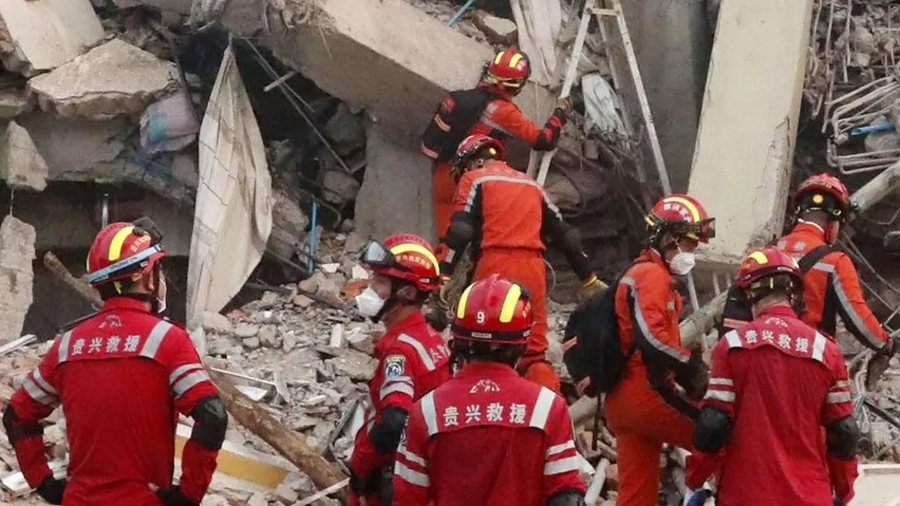
Russia and China – the junta's biggest allies – have sent aid and rescue teams, but the situation remains dire.
In addition to the natural disaster, Myanmar continues to face armed violence. Pro-democracy rebels and military forces have clashed in Sagaing region, which was the epicenter of the earthquake.
A commander of the People's Protection Forces (PDF) said the army is continuing attacks, despite the opposition declaring a two-week ceasefire to aid in rescue efforts.
Meanwhile, the Three Brothers Alliance – an ethnic group opposed to the junta – has declared a month-long ceasefire to facilitate humanitarian aid.
In the midst of this tragedy, thousands of people have been left homeless and abandoned as the country struggles to cope with one of the worst disasters in its recent history. (A2 Televizion)

